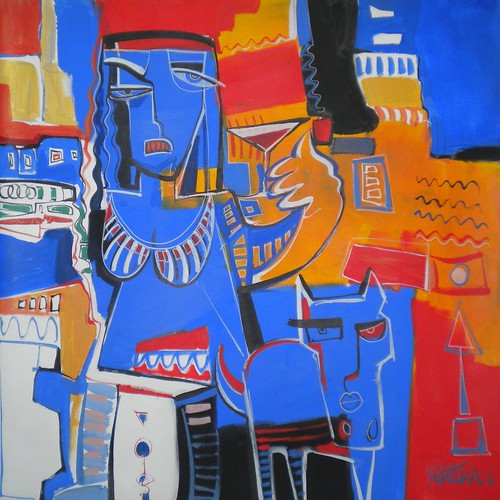The term graffiti referred to the inscriptions, figure drawings, and such, found on the walls of ancient sepulchres or ruins, as in the Catacombs of Rome or at Pompeii. The ancient Romans carved graffiti on walls and monuments, examples of which also survive in Egypt. Graffiti in the classical world had different connotations than they carry in today’s society concerning content. Ancient graffiti displayed phrases of love declarations, political rhetoric, and simple words of thought, compared to today’s popular messages of social and political ideals – From Wikipedia, the free encyclopedia
“GRAFFITI is a spontaneous, free flow expression in a sketchy, whimsical style creating a message to the onlooker. It is a combination of social commentary and political expression. TO MAKE A STATEMENT – this style can interpret profoundly the mood of the times, enabling the artist to make a strong statement on his beliefs and his emotions towards the politics of the day.” Paul Ygartua































